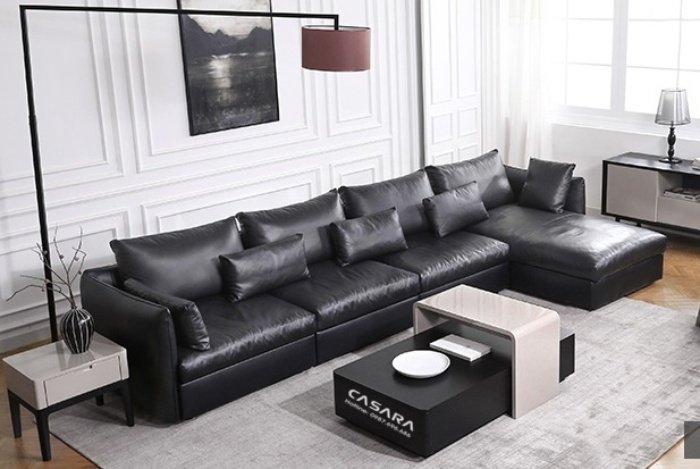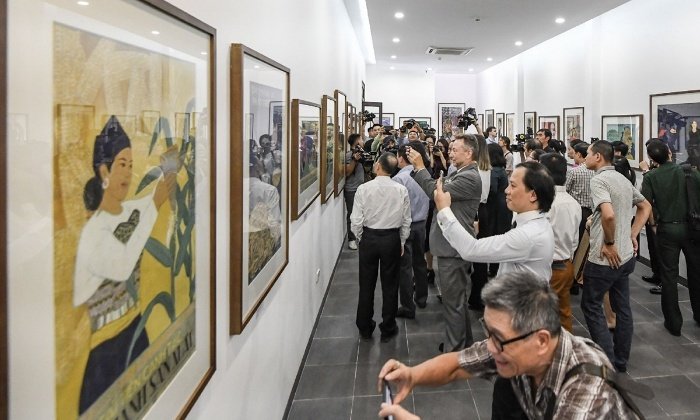Posts by Julie Knight
Mơ đồ chơi trẻ em đánh con gì để trúng lớn?
Đồ chơi thường là đồ vật nhắm đến đối tượng trẻ em để giải trí và vui chơi. Có đôi khi bạn thường nhìn thấy chúng trong mỗi giấc mộng của mình. Và mỗi một giấc mơ thường sẽ có ý nghĩa nhất định và điềm báo trong cuộc sống. Vậy mơ đồ chơi trẻ…
Read MoreMơ thấy quần áo là điềm gì? Mơ thấy trend xu hướng quần áo đánh con gì?
Quần áo là một đồ vật quan trọng nhất của con người. Ai cũng đều rất yêu thích việc mua sắm những mẫu mốt nhất. Đặc biệt là với các chị em phụ nữ luôn có niềm đam mê bất tận với việc mua sắm. Vậy những giấc mơ thấy quần áo là điềm gì…
Read MoreGiải mã giấc mơ chụp ảnh cưới đánh con gì trúng lớn?
Khi bạn chìm sâu vào giấc ngủ bạn có thể nằm mơ thấy những hình ảnh đặc biệt. Đó có thể là những sự vật như con vịt, cái bàn, cái ghế, mèo con, cha mẹ mình… Hoặc sự việc như đi đái, đi ngoại tình, đi thủ dâm… Ngoài những chiêm bao trên thì…
Read MoreMơ thấy ảnh cưới đánh con gì để rinh may mắn vào nhà
Có khá nhiều người bắt gặp giấc mơ về ảnh cưới và tự đặt ra rất nhiều thắc mắc. Họ lo lắng về những điều bí ẩn đằng sau cơn mộng này. Với anh em chơi lô đề thì đây lại là cơ hội để có thể dành cho mình chiến thắng thông qua các…
Read MoreMơ thấy đồ nội thất bàn ghế hiện đại đánh con gì?
Mỗi giấc mơ sẽ có một ý nghĩa và những con số đi kèm với nó. Và mơ thấy đồ nội thất cũng không ngoại lệ. Bàn ghế trong nhà một vật không thể thiếu trong mỗi gia đình. Chúng là vật dụng cần thiết trong cuộc sống của chúng ta. Vậy mơ thấy đồ…
Read MoreHướng dẫn bày bố phong thuỷ để đánh lô đề dễ trúng
Lô đề trực tuyến là trò chơi được đánh giá vô cùng cao vì mang đến cho người tham gia những trải nghiệm tuyệt vời. Bên cạnh đó bạn cũng có thể làm giàu thông qua game này. Tuy nhiên để có thể chiến thắng trong trò chơi này không phải điều dễ dàng. Nhiều…
Read MoreGiải mã giấc mơ đi đến một phòng tranh
Khi chìm vào giấc ngủ chúng ta luôn gặp phải những cơn mộng. Cơn mộng này đến và mang theo những hình ảnh ngỗng nhiên. Những sự ngỗng nhiên này theo các chuyên gia thì đều có lý do và mơ đi đến một phòng tranh cũng vậy. Hình ảnh này cho bạn biết trước…
Read MoreMơ thiết kế (xây nhà) đánh con gì để ăn to nói lớn?
Thiết kế (xây nhà) là một trong những việc trọng đại cuộc đời. Vì vậy, khi những hình ảnh này xuất hiện trong chiêm bao sẽ khiến chúng ta không khỏi lo lắng. Với các lô thủ thì việc tìm ra các con số đằng sau giấc mộng rất quan trọng. Vậy mơ thiết kế…
Read More







